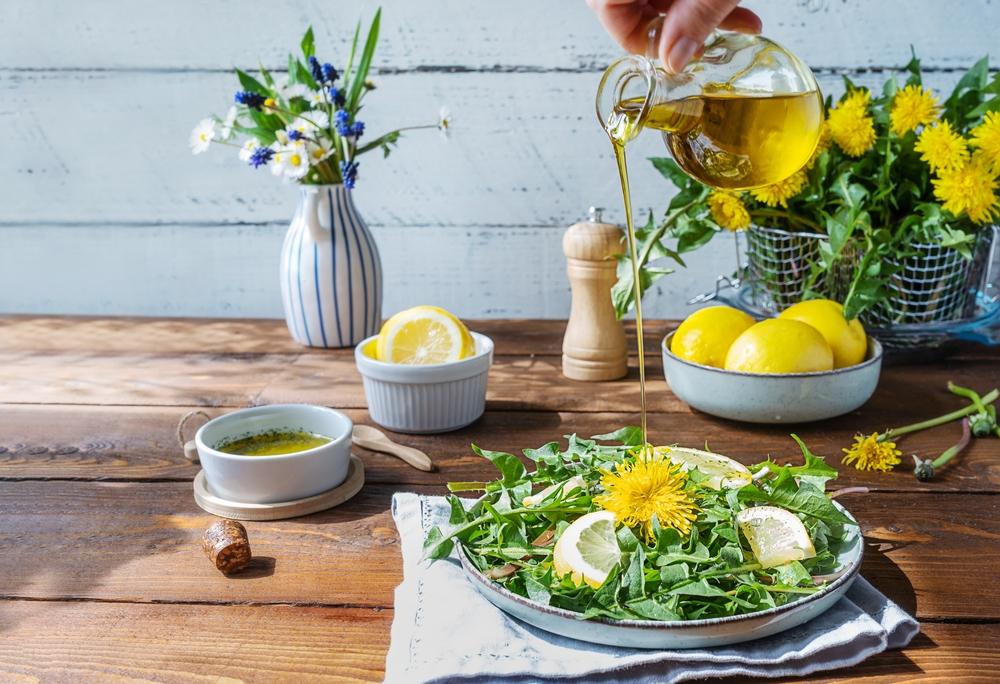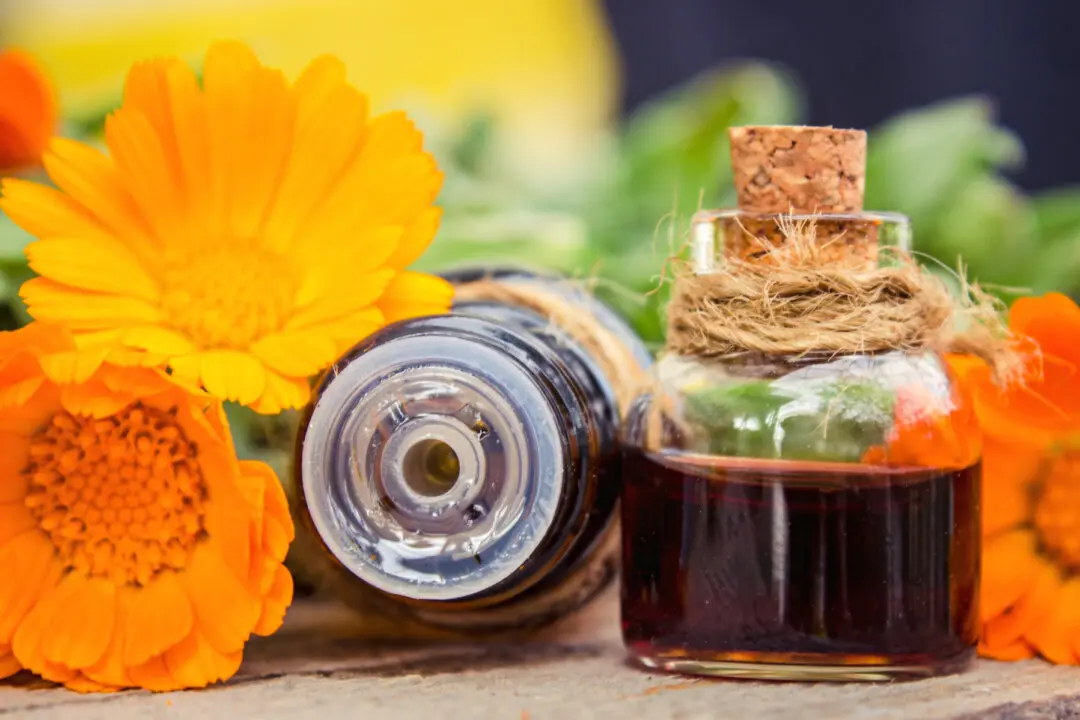Forget kale. Forget chia seeds that wedge themselves between your teeth like clingy boyfriends. The herb you really want in your life is holy basil, Ocimum tenuiflorum, otherwise known as tulsi. This herb is worshipped as a goddess, revered by Ayurvedic practitioners for over 3,000 years, and moonlighting as a natural stress reliever with more gravitas than your yoga teacher.
A Herb With Heavenly Credentials
In India, tulsi is the botanical embodiment of Lakshmi, goddess of wealth and prosperity. Every good Hindu household gives tulsi its own prime real estate, which is a carved pedestal in the courtyard, complete with morning prayers and maybe even a sprinkle of holy water.Legend has it that Brahma, the creator god, lives in its branches, the sacred Ganges flows through its roots, and Vishnu himself is powerless in the face of a single tulsi leaf. Talk about high-stakes gardening.






